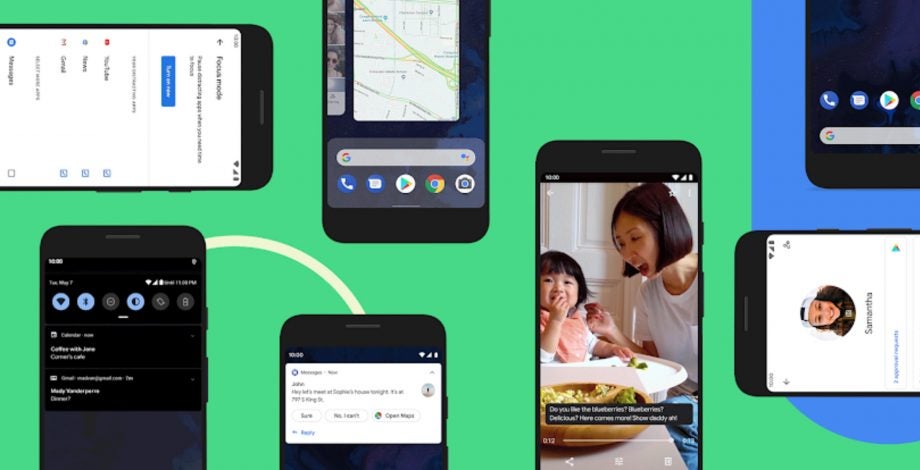Google makes it harder for Android manufacturers to stand out

When it comes to gesture navigation in Android 10, it’s Google’s way or the highway for device manufacturers, according to a newly leaked document.
According to new version of the Google Mobile Services (GMS) agreement spied by 9to5Google, OEMs must hide their own gesture navigation systems.
The document reveals that devices using GMS will need to boast the new Android 10 gestures out of the box. The manufacturer’s custom gesture system cannot be selectable during device set up and must be buried within the settings menus, according to the report.
That could affect the likes of Samsung and OnePlus, which have taken their own stabs at full gesture navigation on their recent smartphones.
While they’ll still be available once Android 10 is installed, they’ll be much more difficult to get at, if OEMs abide by the rules. Google is telling manufacturers those options must be buried in “advanced or similar” settings menus.
Related: When will your phone get Android 10?
Elsewhere, the same documents also reveal the core apps that manufacturers must install on their Android 10 phones, if they’re to maintain access to the GMS.
While many of these have always been part of the deal, the list had ebbed and flowed along with Google’s priorities, launches and cancellation of homegrown applications.
Here’s the list of core Android 10 apps: Google Play Store, Google Search, Chrome Browser, Google Drive, Gmail, Google Duo, Maps, Google Play Music, Google Photos, Google Play Movies and YouTube.
The document features a note explaining that Google Play Music will soon be replaced by YouTube Music as a Core app. It also explains that manufacturers “MUST preload the Android Auto app as a privileged, headless Core service app in the system image.”
Unfortunately because it has been forced outside of the GMS ecosystem, the Huawei Mate 30 range doesn’t have access to these applications.


